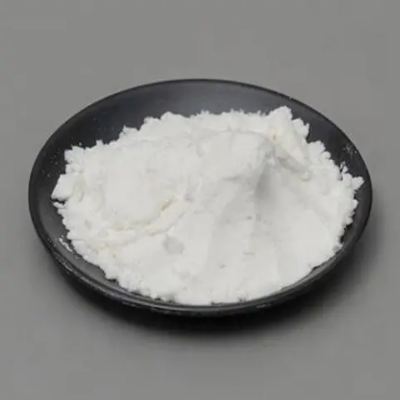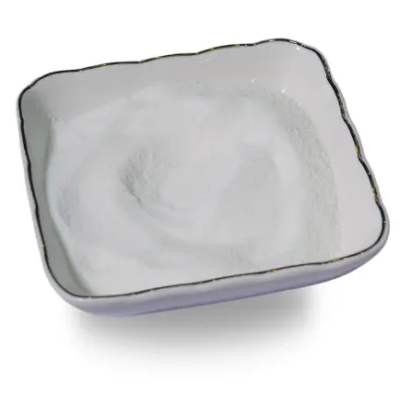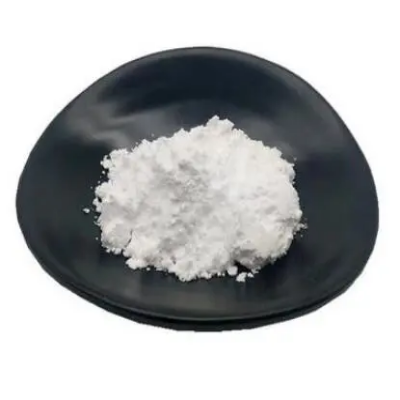P-NITROPHENYL BETA-D-LACTOPYRANOSIDE CAS:4419-94-7
Detection of beta-galactosidase activity: PNPG is commonly used in assays to measure the activity of beta-galactosidase, an enzyme that catalyzes the hydrolysis of lactose into glucose and galactose. The hydrolysis of PNPG by beta-galactosidase releases a p-nitrophenol (pNP) molecule, which can be detected spectrophotometrically due to its yellow color.
Screening for enzyme inhibitors and activators: PNPG can be used in high-throughput screening to identify compounds that modulate beta-galactosidase activity. By measuring the rate of PNPG hydrolysis in the presence of different test compounds, researchers can identify inhibitors that decrease enzyme activity or activators that enhance enzyme activity.
Study of enzyme kinetics: The hydrolysis of PNPG by beta-galactosidase follows Michaelis-Menten kinetics, allowing researchers to determine important enzyme parameters such as the maximum reaction velocity (Vmax) and the Michaelis constant (Km). This information helps in understanding the enzyme's substrate affinity and catalytic efficiency.
Molecular biology applications: Beta-galactosidase, which cleaves PNPG, is commonly used as a reporter gene in molecular biology. The PNPG substrate is often used to detect and visualize the expression of the reporter gene, providing a simple and sensitive way to assess gene expression in various experimental systems.


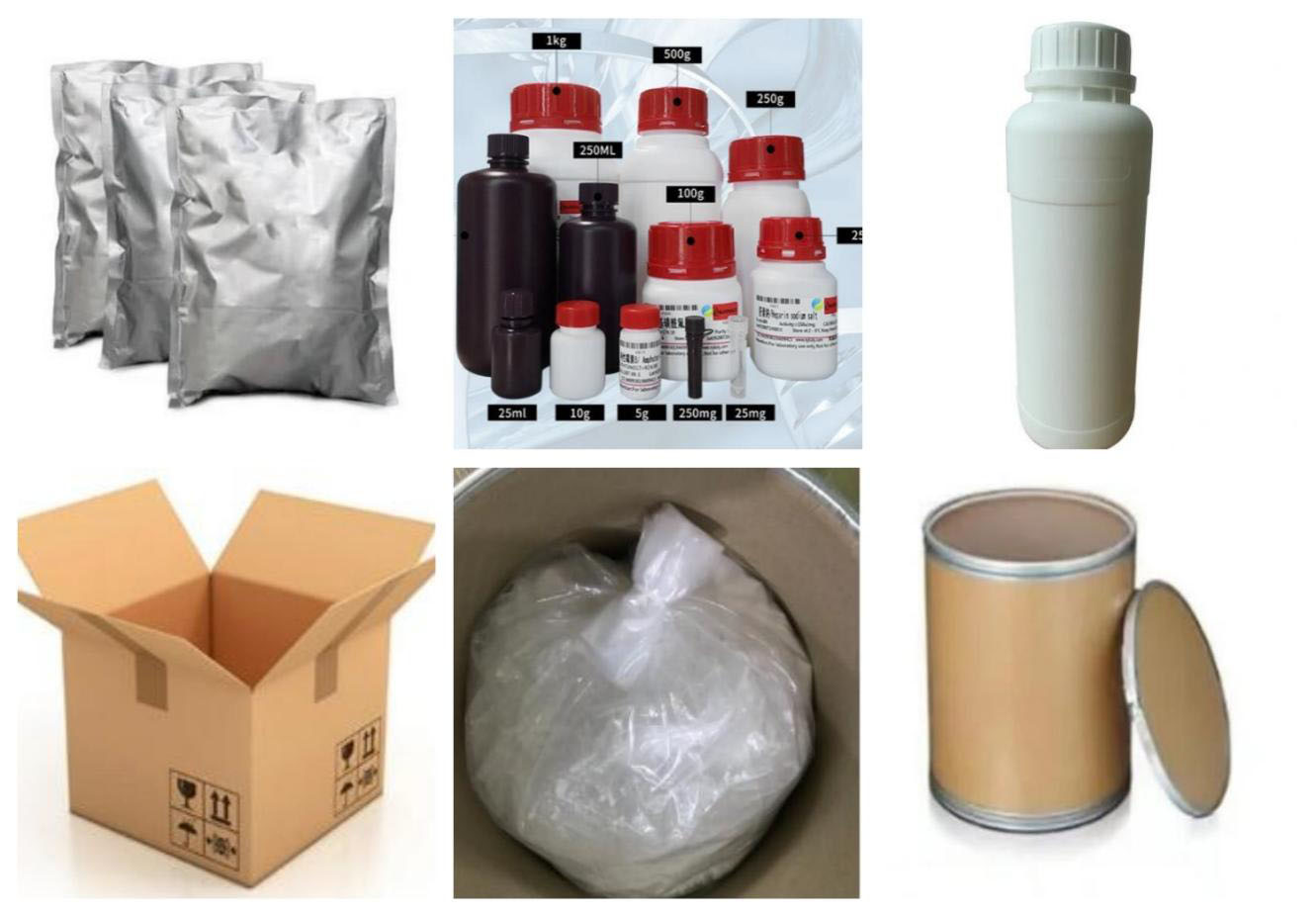
| Composition | C18H25NO13 |
| Assay | 99% |
| Appearance | White powder |
| CAS No. | 4419-94-7 |
| Packing | Small and bulk |
| Shelf Life | 2 years |
| Storage | Store in cool and dry area |
| Certification | ISO. |



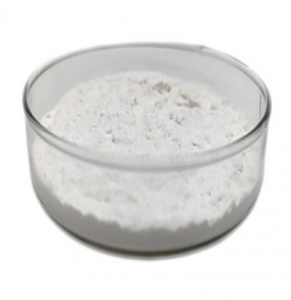


![(1R,2S)-[2-(4-Bromo-phenyl)-cyclopropyl]-carbamic acid tert-butyl ester CAS:907196-12-7](https://cdn.globalso.com/xindaobiotech/K@NIE7HBAEP6E7J7DS140.png)
